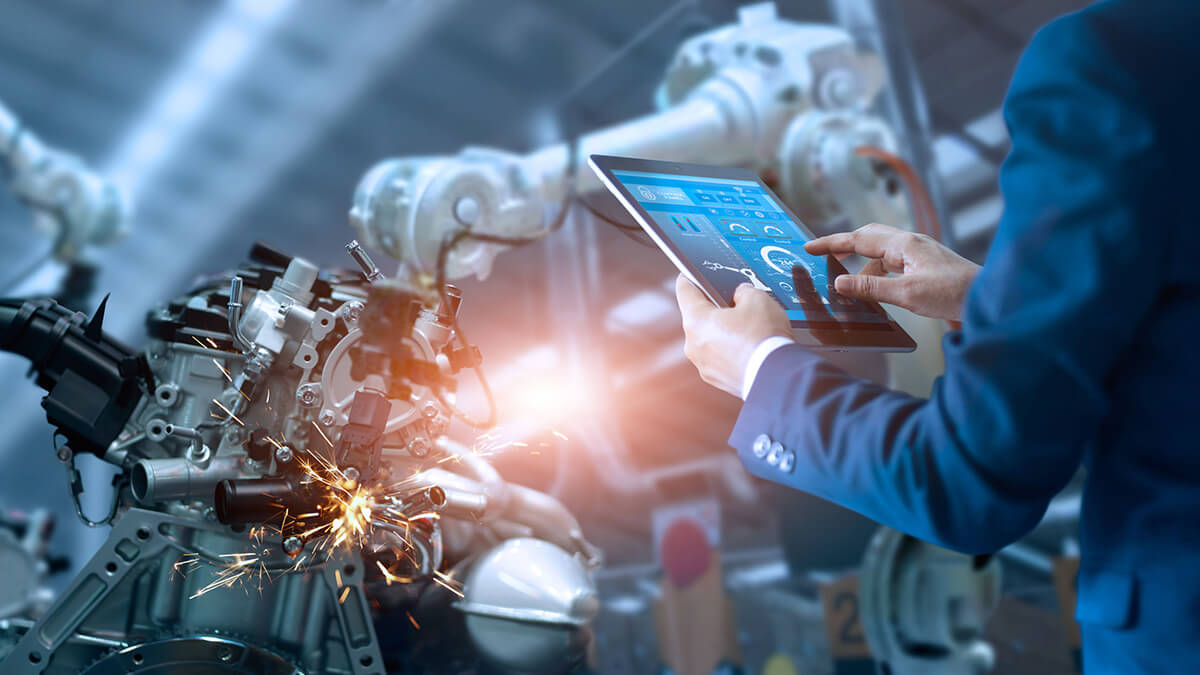According to each exhibition of EMO Hannover, it can be observed that smart production will be the future of the industry, and smart manufacturing will drive the improvement of industrial technology and effectiveness, which will be another turning point for industrial development.
The theme of 2019 EMO Hannover Fair is "Smart technologies driving tomorrow’s production!" More and more factories and machinery can be smarter and communicate with each other in this exhibition, and upgrade their production efficiency and quality is greatly increased. On the EMO website, Industry 4.0 has more than 2,000 hits.
In order to promote the goal of climate protection and sustainable development of various industries, the machine tool industry is constantly moving towards an intelligent business model, expecting lower energy and material consumption, higher process efficiency and product quality. The transformation of the automotive industry will be a major customer group for the machine tool industry. The automotive industry is now facing the transformation of fossil fuel drivers into electrification. The mechanical technologies and processes of the auto industry will be assisted by the machine tool industry.
On the exhibition of Hannover in 2019 and focusing on smart engineering, the entire modern metalworking technology can be seen at the exhibition. It is also the core of every industrial production process, including metal cutting and forming machine tools, production systems, high-precision tools, automated material flow, computer technology, industrial electronic products, and accessories, focusing on the importance of digitalization and industry 4.0 in the metal processing industry, showing future smart solutions.
Although China-USA trade war and Japan-South Korea trade war are currently happening, machine tool production and exports may decline, but this timing should also be used to adjust the future strategic development direction, so as to optimize the direction of smart machine tool production, there will still be great market development.














.jpg)